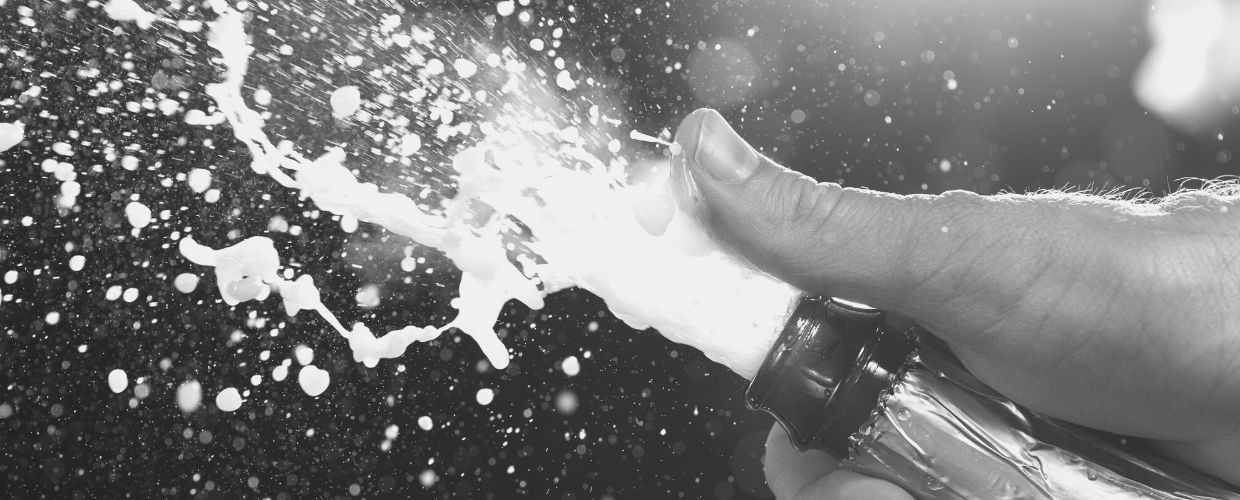The process of ejaculation, explained
When you’re in the middle of a romp, on the verge of blowing your load, the question of how ejaculation happens is probably the last thought in your mind. To be honest, the process of ejaculation may seem obvious. You become aroused, develop an erection, fool around until you reach a climax, and then the session ends with one explosive release. But internally, what is actually going on inside the male body during ejaculation? How does ejaculation work?
First, a quick refresher on male sexual anatomy
The male sexual organ is the penis, featuring a base, shaft, and a head. The base attaches to the wall of the abdomen, the shaft is the cylindrical ‘body’, and the head lies at the end of the shaft. At the tip of the head, there is an opening that allows urine and semen to exit the body. Inside the penis, two cylindrical chambers known as corpora cavernosa run the length of the penis. They contain blood vessels, tissue, and open pockets. The urethra is the thin tube running along the southern end of the corpora cavernosa that enables urine and semen flow. The penis also has two main arteries in each corpora cavernosa and several veins responsible for blood flow in and out of the penis. Nerves exist to relay messages to other parts of the body, including the brain.
How does an erection occur?
Ironically, an erection starts in your brain. Through the power of arousal, sensations you feel, think, see, smell, or hear cause your nerves to send chemical messages to the blood vessels in the penis. This causes arteries in your penis to relax and expand to allow more blood to flow in, while simultaneously the veins narrow. As blood flows into the penis, pressure traps it within the corpora cavernosa (the two columns of spongy tissue in the shaft of your penis) until the penis expands to maintain the erection. When the flow of blood stops, the opposite occurs in that the veins open and the penis softens.
How does ejaculation occur?
Arousal plays a huge part in initiating an erection and then ejaculation. When the body is aroused, the vas deferens squeeze sperm from the testes towards the back of the urethra. The seminal vesicles also release fluid to the back of the urethra. Once the urethra contains the sperm and seminal fluid, it waits until the height of arousal is reached, at which point the urethra sends signals to the spinal cord, which sends signals to the muscles at the base of the penis. These signals trigger quick and intense contractions every 0.8 seconds until built-up force causes the ejaculation of semen through the tip of the penis during climax.
